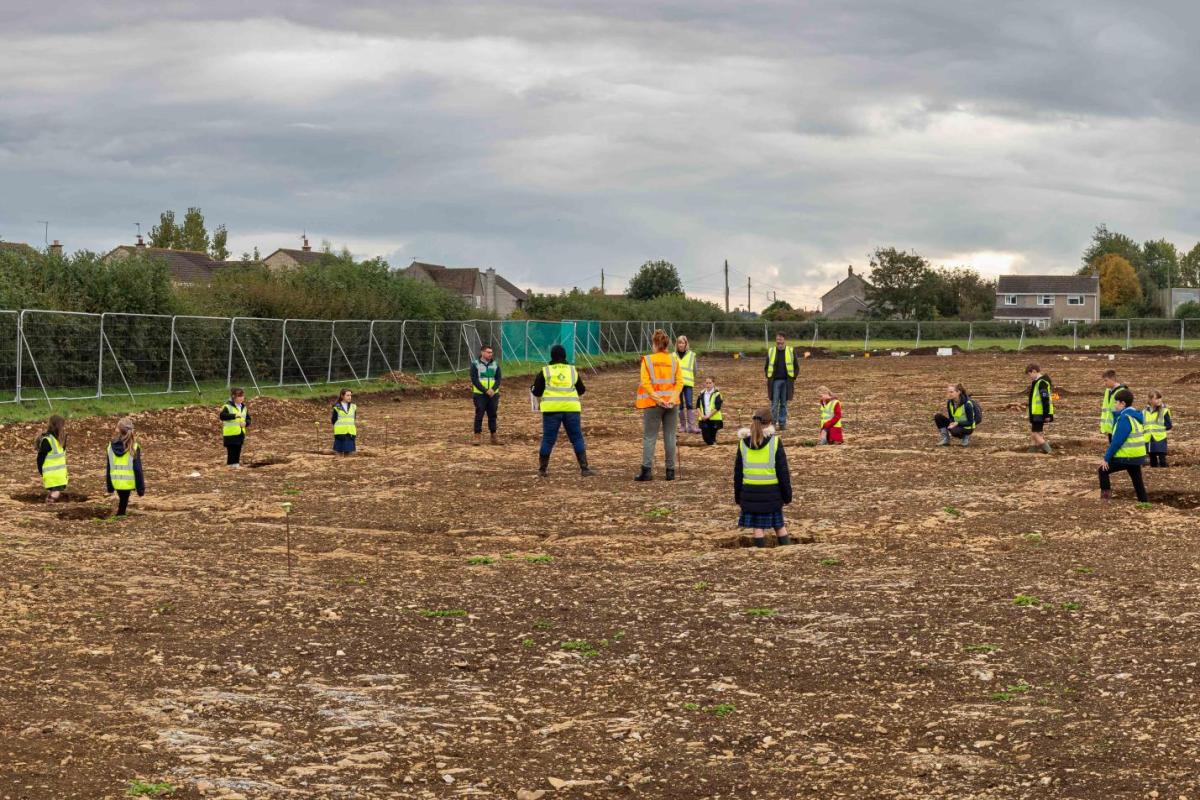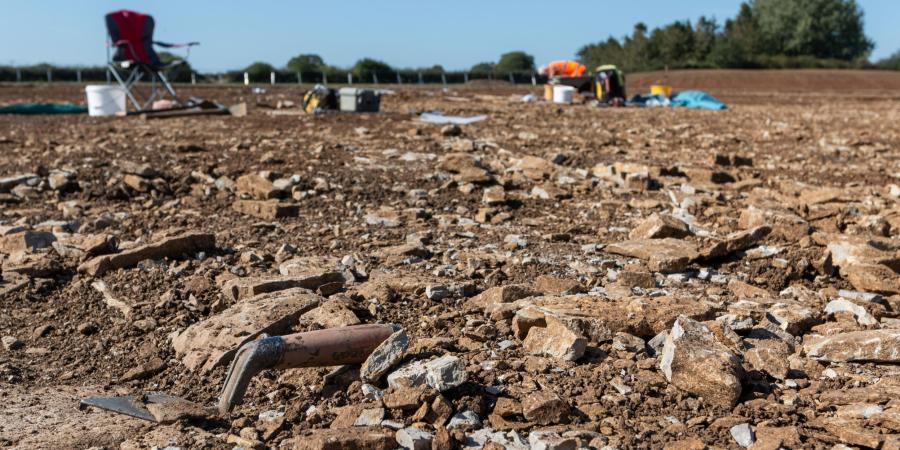Ancient burials unearthed at the site of a new school in Somerton are shedding significant new light on life and death in Roman Somerset.
Archaeologists from Wessex Archaeology working on the Somerset County Council-owned land have discovered some 50 burials dating from the Late Iron Age to the Roman period on the site of the new school that will replace the current King Ina Junior and Infants’ schools.
The graves were dug into the bedrock and lined with stone ‘kerbs’ to create a coffin-like structure, and were then capped with flat lias slabs. In one insistence two large slabs had been set to form an A-frame tent like roof to the grave. Traces of a possible Bronze Age barrow, Iron Age roundhouses, a Roman building, and associated field systems are also evident.
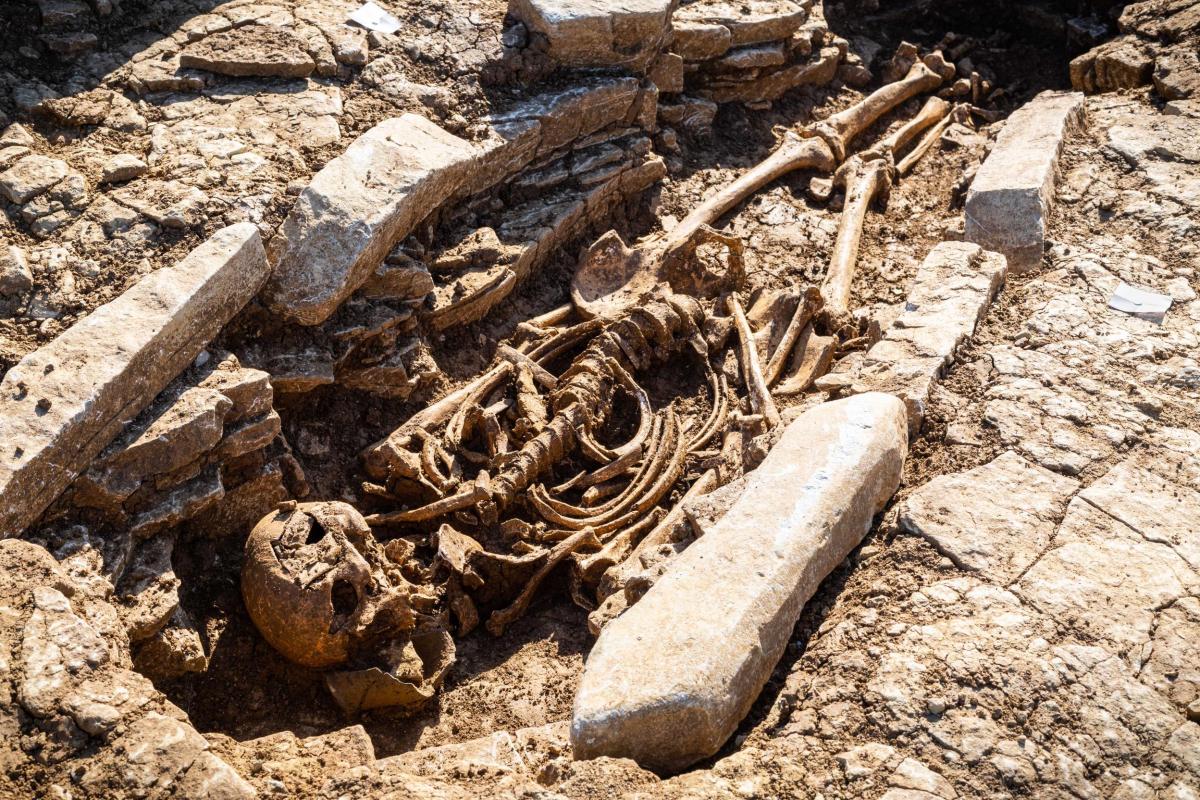
Wessex Archaeology Senior Project Manager, Damian De Rosa, said: “Due to the size and lack of disturbance on the site, we have been able to examine generations of a community whose existence spanned over 500 years. We have found both adults and children, alongside some grave goods including pottery, bracelets and brooches; and most were found to have been buried wearing hobnail footwear.
“We think the cemetery may have been connected to a villa estate in the nearby area, and what has been particularly fascinating is the cultural transition that we see here – from the native Iron Age traditions to the adoption of more Roman customs. We have also found some interesting burial practices, including a ‘tent’ burial where the slabs are arranged like a tent above the body.”
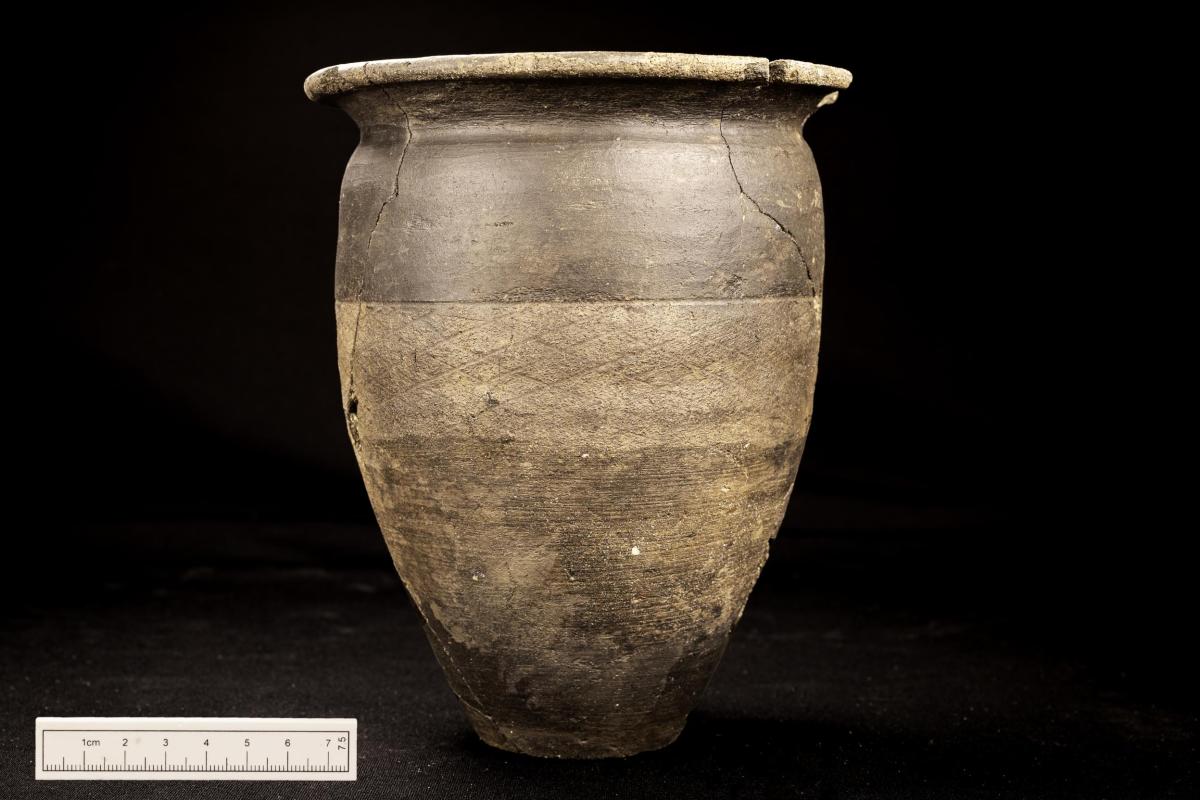
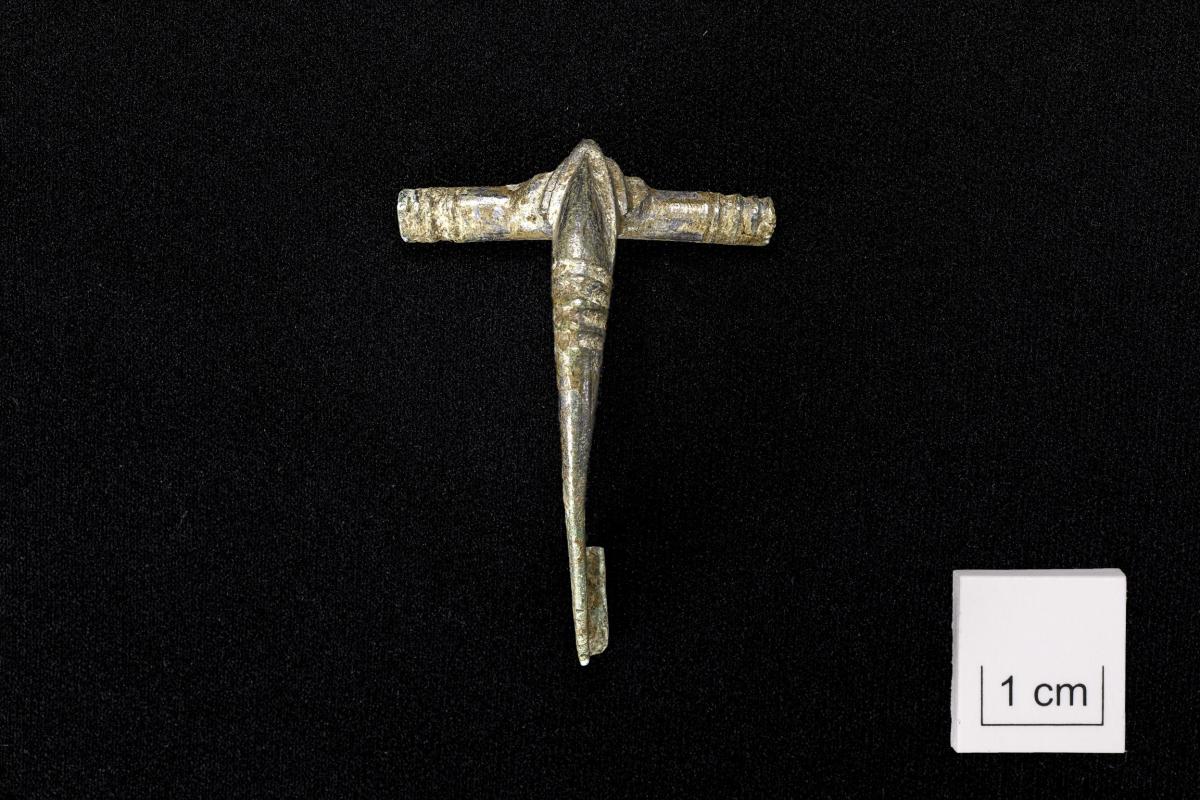
South West Heritage Trust archaeologist Steve Membery said: “This site is a significant discovery - the most comprehensive modern excavation of a Roman cemetery in Somerset.
“The application of technology including aerial drones and techniques such as isotope and ancient DNA analysis offers major opportunities for insights into the lives of the Roman population of Somerton”.
Work on the new 420-pupil, 14-class school will continue now that the fieldwork has been completed, construction by BAM Construction is expected to start later in January.
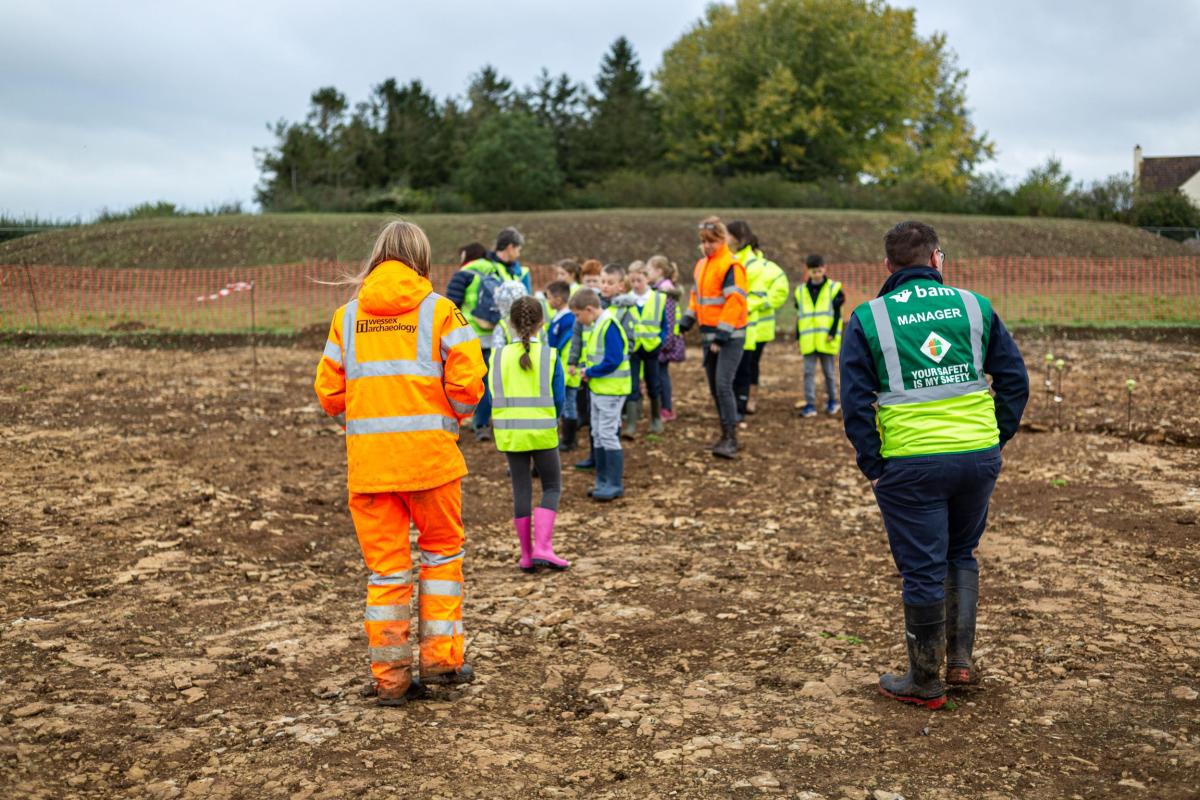
Councillor Faye Purbrick, Cabinet Member for Education and Transformation, said: “The findings are both exciting and extraordinary, providing us with valuable insight into Somerset’s early history. We will be able to understand so much more about the lives of Roman people in Somerton thanks to these discoveries.
“Our team have a great track record of delivering fantastic new schools and while we’d always prefer any delay to be avoided, I think that the students, parents and teachers will understand in this instance, given the scale and importance of the archaeological finds here.
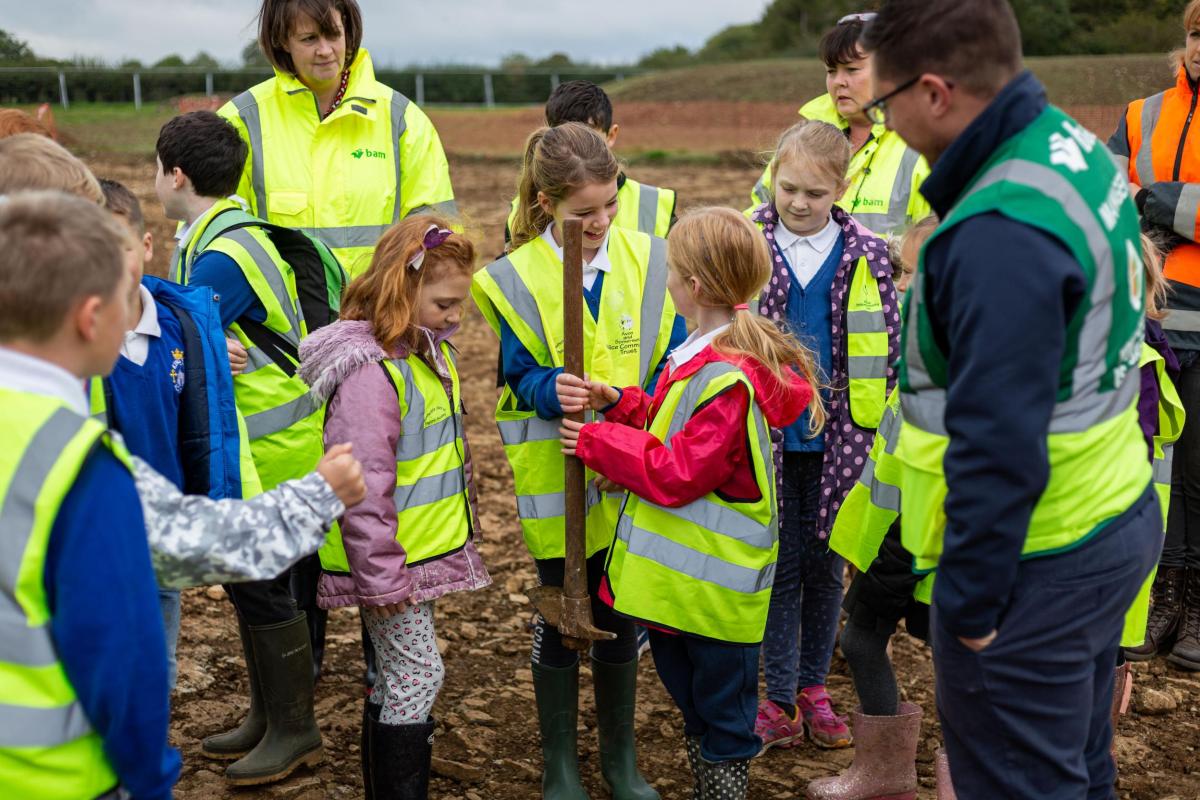

“I am looking forward to seeing another new Somerset school reach the construction stage and would like to thank the school for its support throughout. The children have already had an opportunity to visit the site, hopefully inspiring some future archaeologists, and I’m sure they will be excited to continue to learn more about this very special site.”
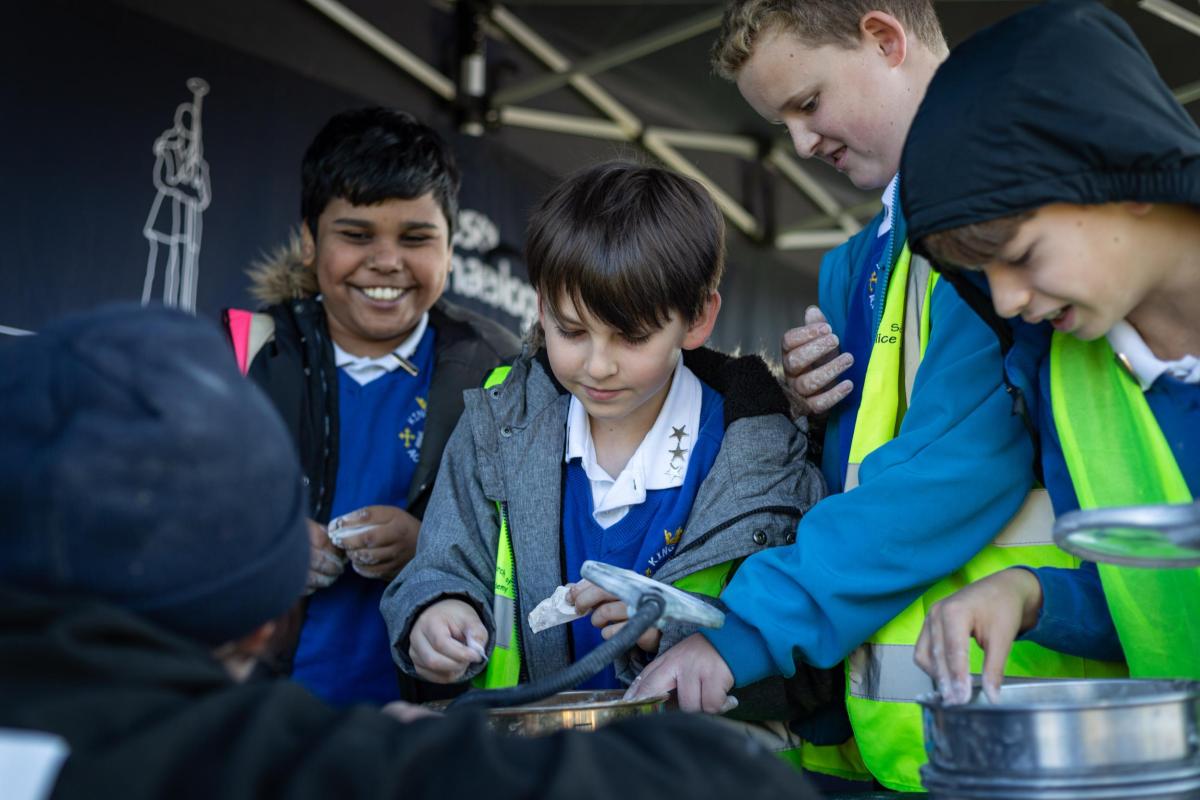
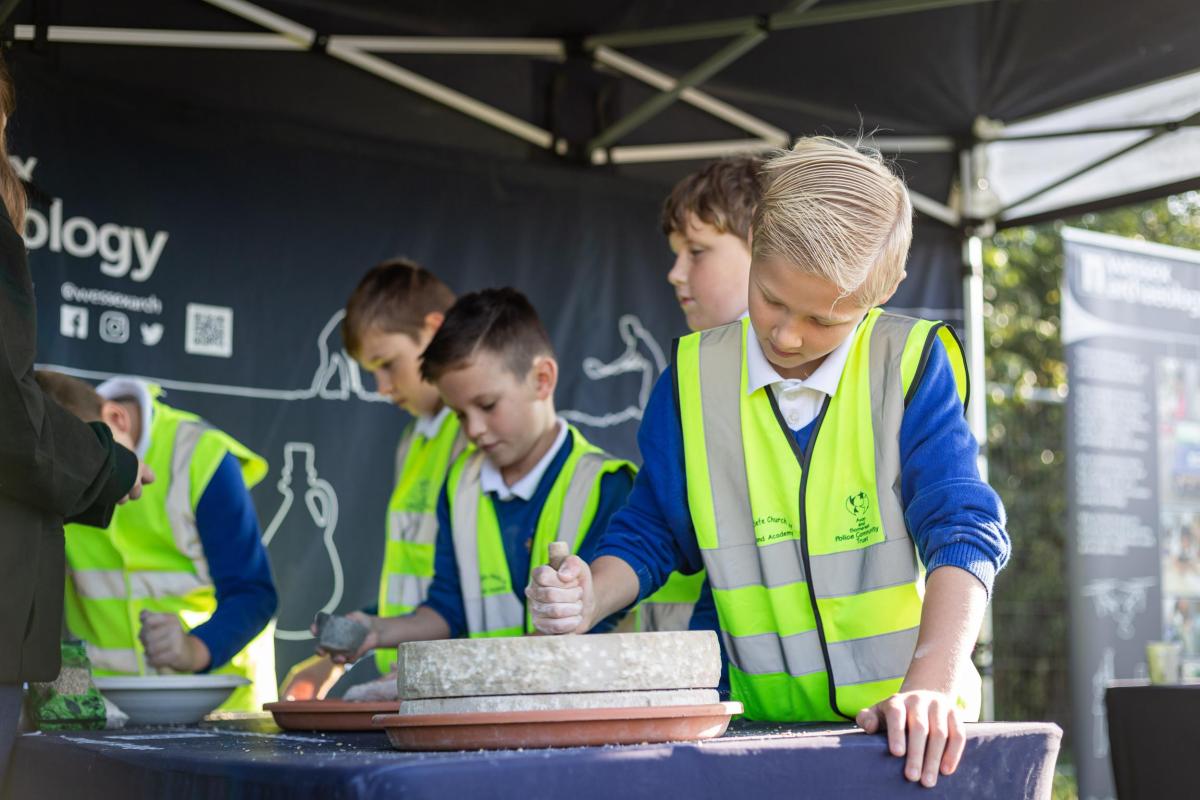
The site archaeology has been carefully gathered for further scientific analysis. A full report of the findings will be published in due course. It is hoped that the discoveries can be used to teach pupils about the history of the area, and that the archaeology of the roundhouses can be reflected in the site development.
